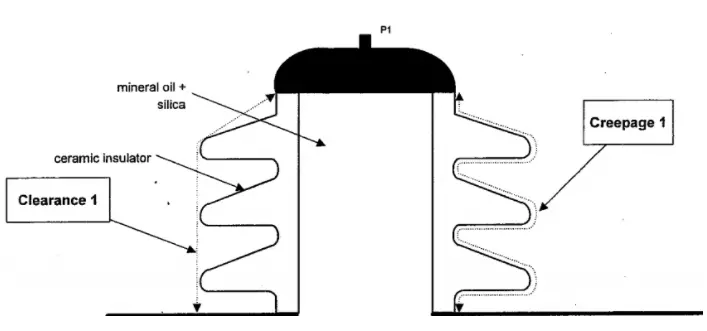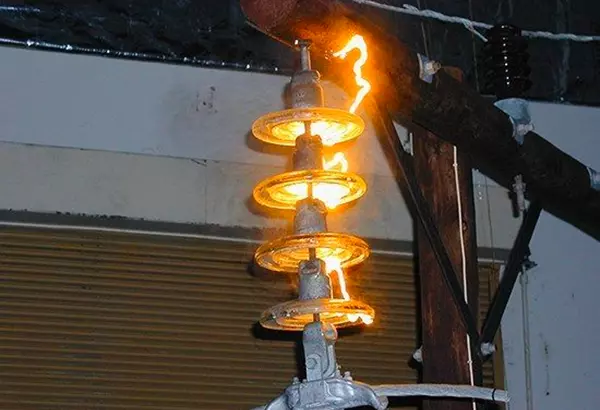What is the creepage distance and protected creepage distance of insulator?
2022-08-15
2021-10-27
You might have heard the term creepage or creep distance when referring to insulator design and specifications. So what is it and why should you care?

The purpose of the insulator or insulation is to insulate the electrically charged part of any equipment or machine from another charged part or uncharged metal part. Creepage Distance is the shortest path between two conductive parts measured along the surface of the insulation as shown in figure below.

When a flashover occurs in the system this distance helps the flashovers not to interfere with the live systems.

The influence of the degrees of pollution in the micro environment on the dimension of Creepage Distances is taken into account in calculation to avoid failure due to tracking. While determining Creepage for an Insulator it should be taken care that for the same equipment, different micro environment conditions can exist.
Mind that a Creepage Distance cannot be less than the associated clearance so that the shortest Creepage possible is equal to the required clearance.
In areas with high pollution, or in rainy or foggy weather, a higher creepage distance can effectively reduce the occurrence of flashover and protect power grid equipment.
Environmental contaminants have a strong effect on insulator performance. The more surface contaminants on the insulator, the more likely you will have leakage current since many of the contaminants are conductive. In general, areas of high contaminants require more than 31mm/kV of creep distance whereas clean areas need only 16mm/kV.
2.What is the protected creepage distance of an insulator?
Protected creepage distance of an insulator means part of the creepage distance on the illuminated side of the insulator which would lie in shadow if light were projected on to the insulator at 90°(or 45°in special cases) to the longitudinal axis of the insulator.
The creepage distance and protected creepage distance of insulator is common technical terms; we should know this knowledge before designing, manufacturing insulators. I hope the above explanation will help you choose the insulator correctly, and welcome to consult Jecsany's porcelain/polymer insulators




